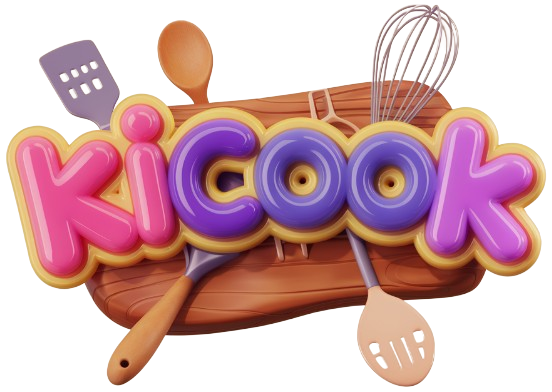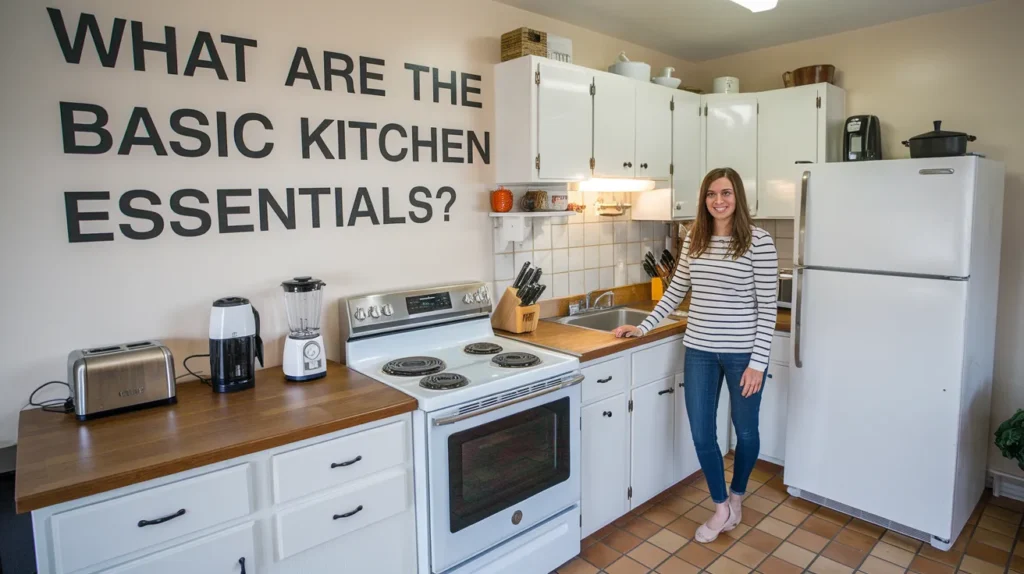Cooking at home can feel overwhelming without the right tools. Did you know nearly 50% of a household’s food budget goes to dining out? That’s a lot! But with some basic kitchen essentials, you can make cooking at home a breeze.
These items aren’t just practical—they’re the foundation for healthier eating. After all, restaurant portions are often 2-3 times larger than what’s recommended. Having the right tools helps you enjoy cooking, save money, and even pass down skills to future generations. So, what are the basic kitchen essentials? Let’s dive in and find out!
Top Ideas
- Start with a chef’s knife. It handles most cutting tasks and makes cooking easier and safer.
- Invest in a nonstick skillet. It simplifies cooking and cleaning, making meal prep quick and enjoyable.
- Choose durable storage containers. They keep food fresh and help reduce waste, saving you money in the long run.
Cookware Essentials
Having the right cookware makes cooking much easier. Here are the must-haves for every kitchen.
Nonstick Skillet
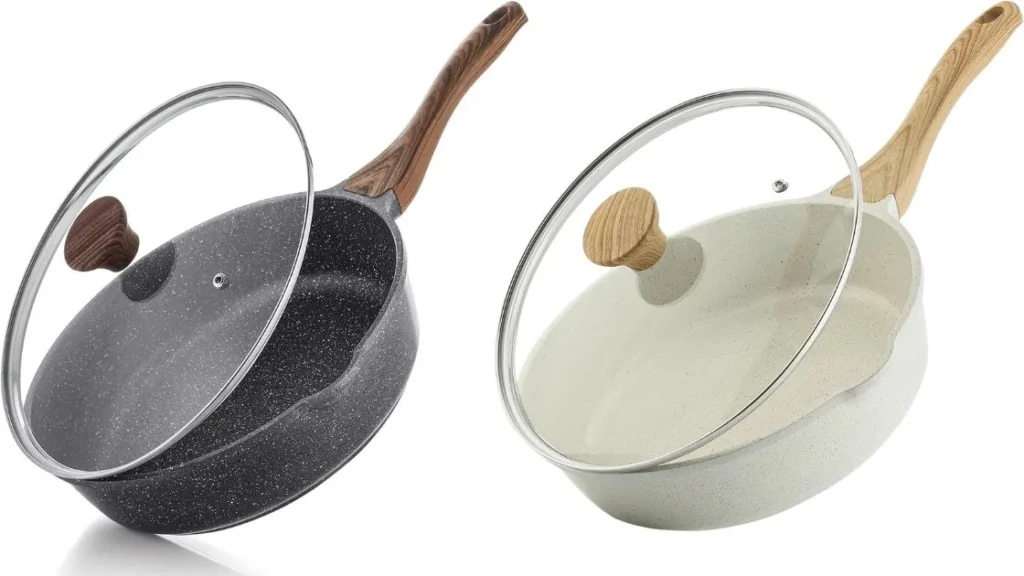
A nonstick skillet is great for quick meals. I use mine daily for eggs and veggies. Its surface keeps food from sticking, so cleaning is simple. Research shows traditional nonstick skillets last longer than ceramic ones. Pick one with a strong handle and even heat spread. You’ll find yourself using this pan all the time.
Saucepan
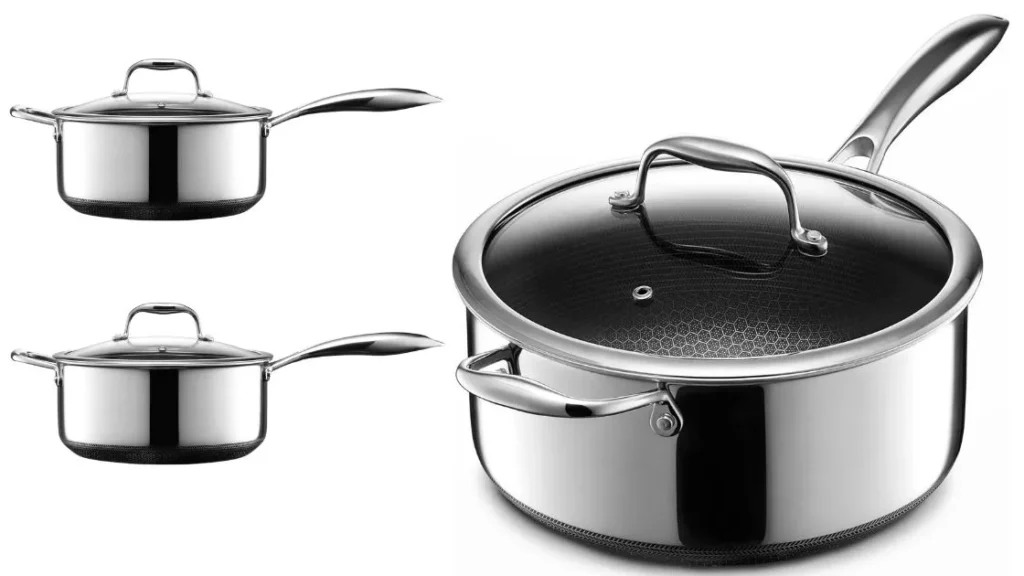
A saucepan is super useful for many tasks. It’s great for boiling pasta, making soup, or sauces. A good one heats evenly, so food doesn’t burn. The lid traps moisture, speeding up cooking and keeping flavors. Its small size is perfect for tight spaces. Whether simmering or reheating, a saucepan is essential.
Tip: Get a saucepan with a comfy handle. It’s safer and easier to use.
Dutch Oven
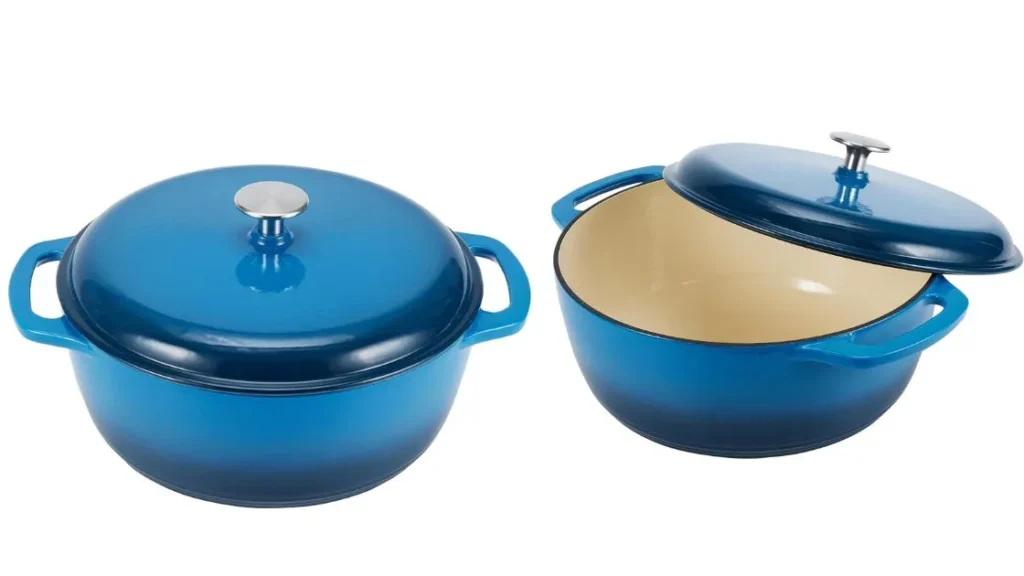
A Dutch oven is tough and versatile. It’s perfect for stews, bread, or roasting chicken. Its thick walls hold heat well, cooking food evenly. Reviews show most Dutch ovens work similarly, so you don’t need the priciest one. I love mine for one-pot meals—it saves time and cleanup. If you like hearty meals, this is a must.
Baking Sheet
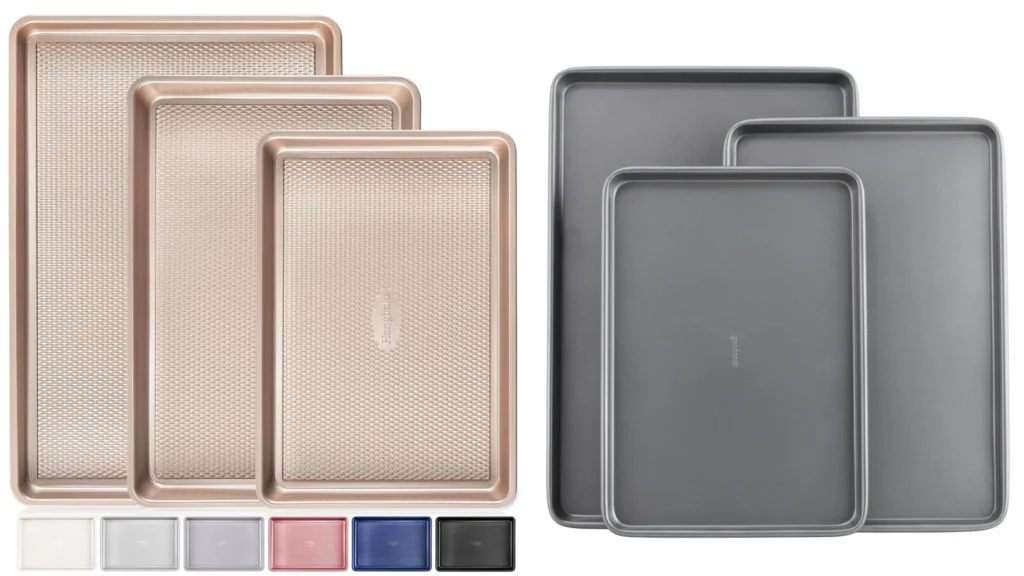
A baking sheet isn’t just for cookies. I use mine for roasting veggies, baking chicken, and sheet pan meals. Rimmed ones stop spills and keep food contained. Strong edges prevent bending, which happens with cheaper ones. Choose a durable, easy-to-clean baking sheet. It’s a simple but important tool.
Note: A good baking sheet handles high heat and spreads it evenly, so food cooks perfectly.
With these cookware basics, you can cook many recipes. They’re handy, flexible, and make cooking fun and simple.
Cutting and Prep Tools
Having the right tools makes meal prep much easier. These items help you chop, peel, and measure quickly. They save time and effort in the kitchen. Here are my top picks and why they matter.
Chef’s Knife
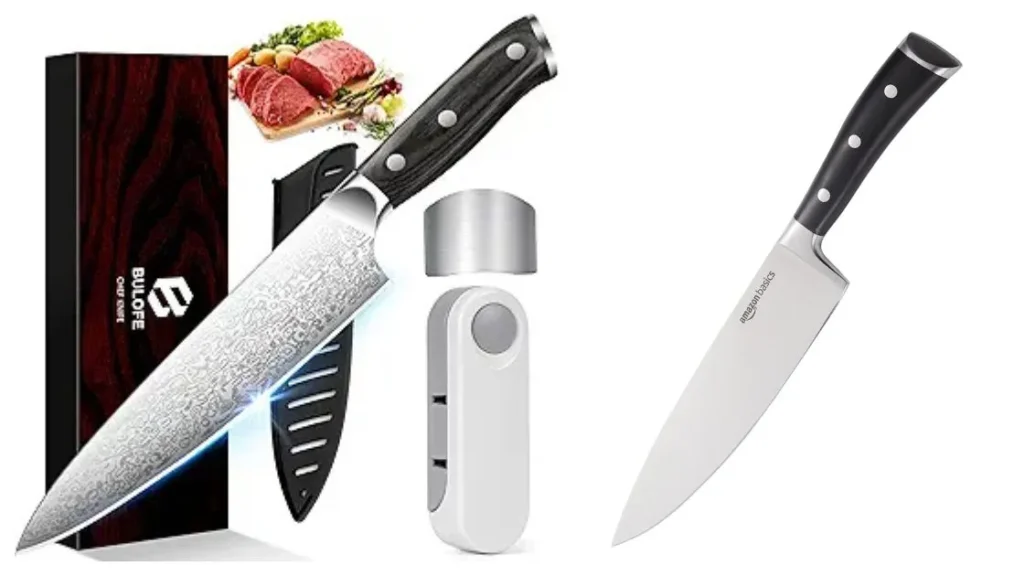
A chef’s knife is a must-have in every kitchen. It works for almost all cutting tasks, like slicing veggies or cutting meat. I use mine daily, and it’s super helpful. Its balance and grip make cutting safer and smoother.
Why it’s essential:
- Balanced knives cut better and feel easier to use.
- Ergonomic designs, like Wüsthof knives, last long and stay comfy.
Tip: Always keep your knife sharp. Dull knives slip and can cause accidents.
Cutting Board
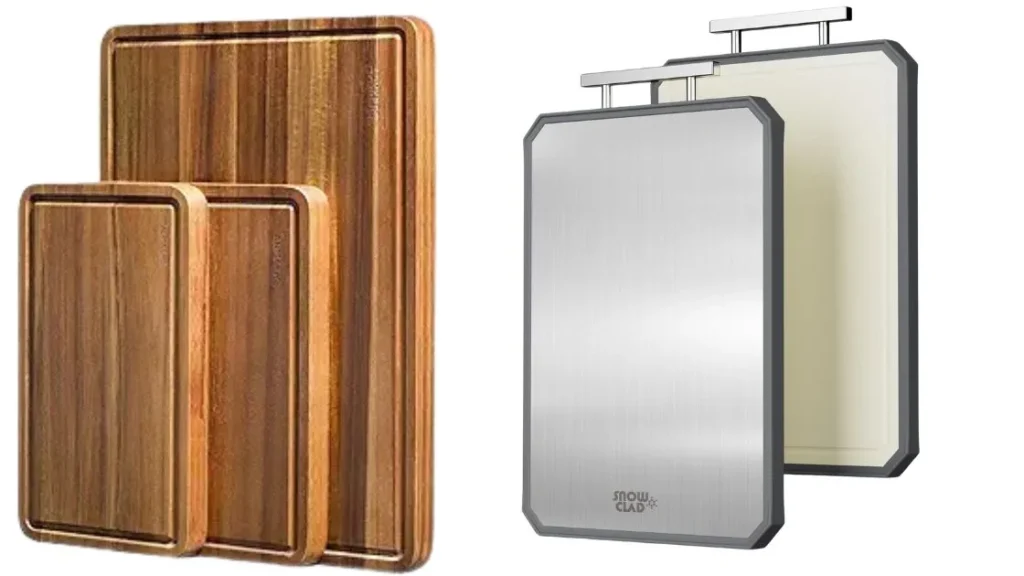
A good cutting board protects counters and keeps knives sharp. I like wooden boards because they’re gentle on blades and easy to clean. Plastic boards are great too, especially for raw meat, since they’re dishwasher-safe.
Benefits of using a cutting board:
- It stops germs from spreading between foods.
- It gives a steady surface, lowering the chance of slips.
Note: Pick a board with non-slip edges. It stays in place while you work.
Peeler
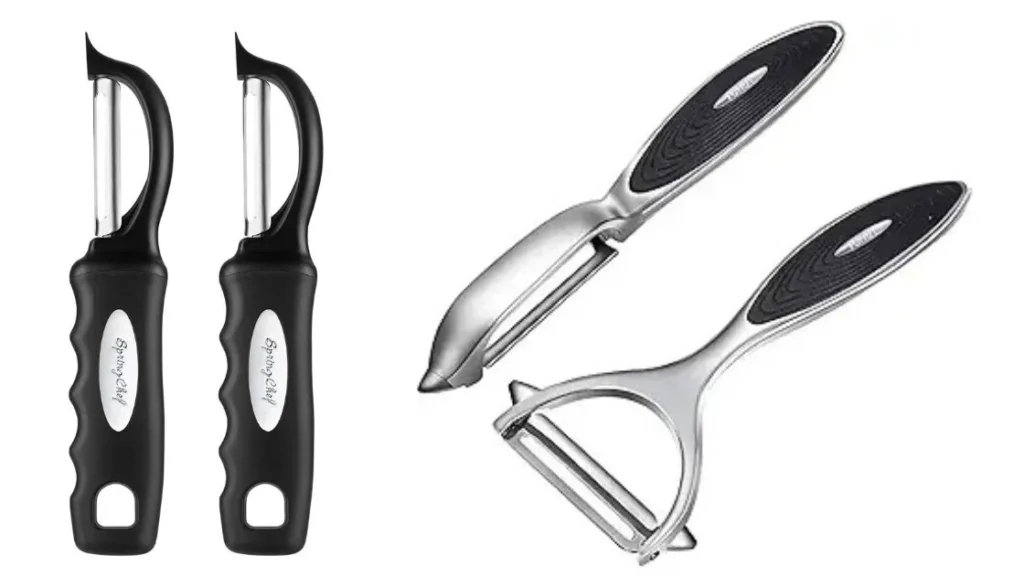
Peeling fruits and veggies is faster with a good peeler. My Y-peeler is my favorite. It’s quick and easy to use. It slides over potatoes and carrots smoothly, saving me lots of time.
Why I recommend it:
- Y-peelers are faster than swivel peelers.
- Their shape works well on curves, leaving less skin behind.
- The Original Swiss Peeler lasts long and is easy to control.
Measuring Cups and Spoons
Measuring cups and spoons help you get the right amounts. They’re super important for baking, where exact amounts matter most.
| Evidence Type | Description |
|---|---|
| Portion Control | Measuring tools help with portion sizes for healthy eating. |
| Study Reference | People often guess food amounts wrong by 30-50%, studies show. |
| Dietary Precision | Accurate tools help track nutrients for special diets. |
Pro Tip: Choose cups and spoons with clear numbers. They’re easier to read and use.
With these cutting and prep tools, cooking becomes simple and fun. They’re reliable, useful, and make recipes easier to handle.
Utensils and Small Tools
Having the right utensils and small tools makes cooking so much easier. These are the items I reach for every day, and they’re essential for handling a variety of tasks in the kitchen.
Spatula
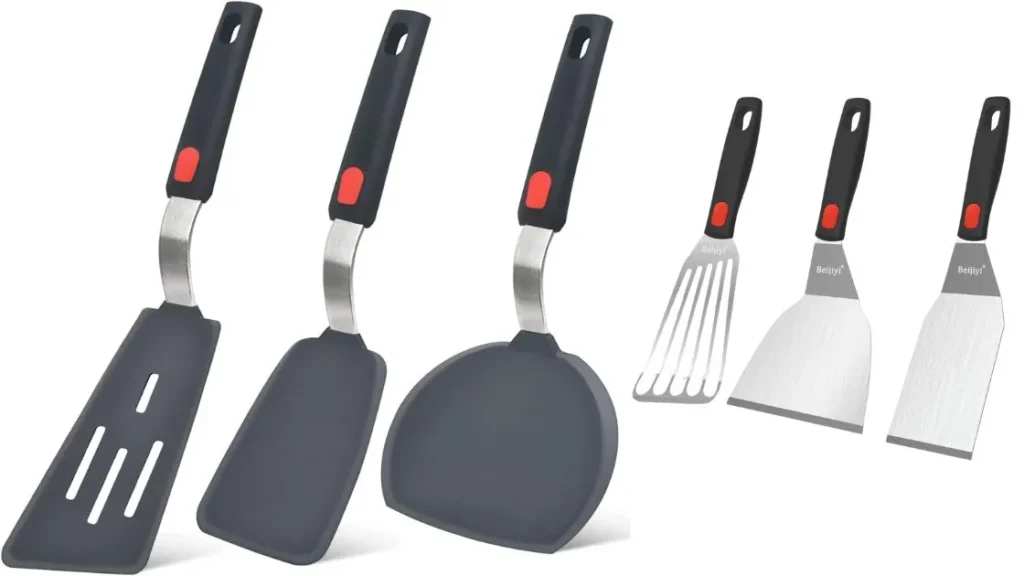
A spatula is one of the most versatile tools in my kitchen. I use it for flipping pancakes, scrambling eggs, and even spreading batter. Silicone spatulas are my favorite because they’re heat-resistant and won’t scratch nonstick pans. Did you know high-quality silicone spatulas can handle temperatures up to 600°F? Stainless steel ones are also great for durability and heat resistance. Always check the manufacturer’s specs to ensure your spatula can handle the heat.
Tongs

Tongs are like an extension of my hands. I use them to flip meat, toss salads, and even grab hot items from the oven. They’re perfect for tasks where you need precision and control. A good pair of tongs should have a comfortable grip and a locking mechanism for easy storage. Trust me, once you start using tongs, you’ll wonder how you ever cooked without them.
Whisk
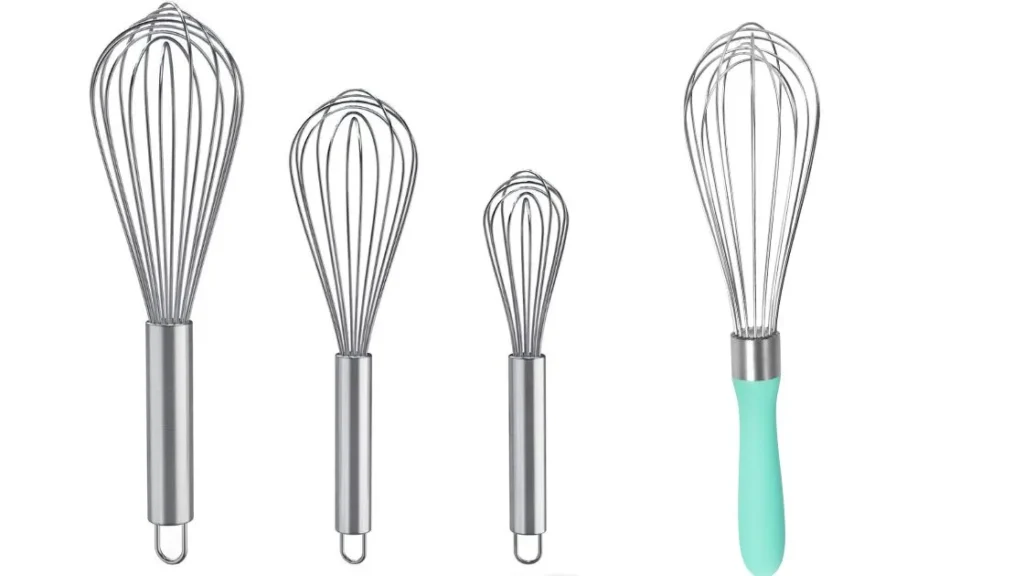
A whisk is a must-have for mixing and aerating. I love using a balloon whisk for whipping cream or beating eggs. It’s also great for making smooth sauces and dressings. Some of the best whisks, like the OXO Good Grips Balloon Whisk, are designed to handle multiple tasks with ease. If you bake or cook often, this tool is a game-changer.
Wooden Spoon

Wooden spoons are classic for a reason. They’re durable, heat-resistant, and won’t scratch your cookware. I use mine for stirring soups, mixing dough, and even serving dishes. Wooden spoons are also eco-friendly since they’re made from renewable materials like bamboo. Plus, they’re naturally antibacterial, which makes them a hygienic choice for cooking.
Colander
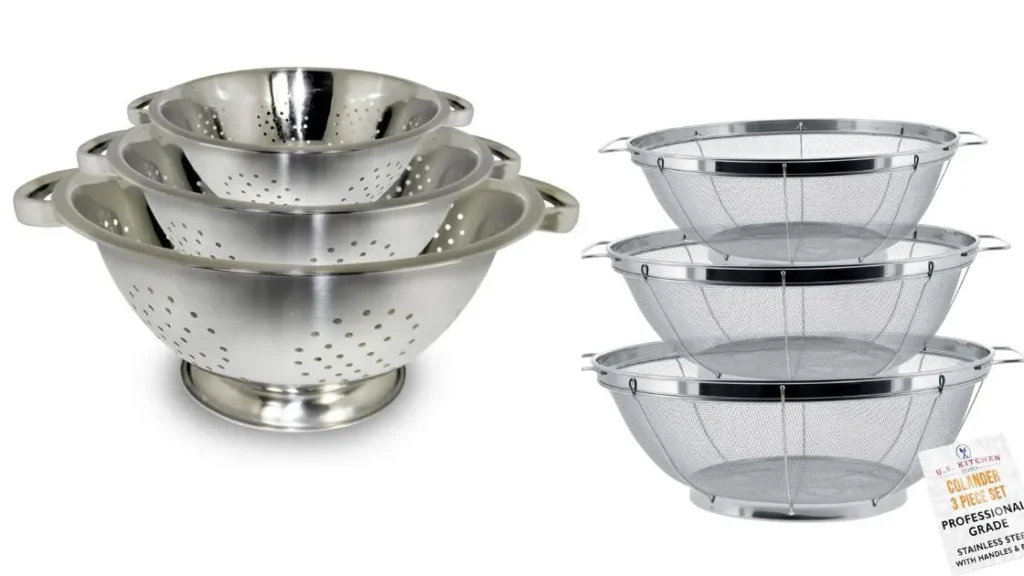
A colander is essential for draining pasta, rinsing vegetables, and even washing fruits. I prefer metal colanders because they’re durable, heat-resistant, and easy to clean. Studies show that stainless steel colanders are more hygienic than plastic ones, with lower bacterial counts. If you cook often, a sturdy colander will save you time and effort in the kitchen.
With these utensils and small tools, you’ll be ready to tackle almost any recipe. They’re practical, reliable, and make cooking so much more enjoyable. What are the basic kitchen essentials? These tools definitely make the list!
“Good food starts with good tools.” – Julia Child
Must-Have Appliances
Blender
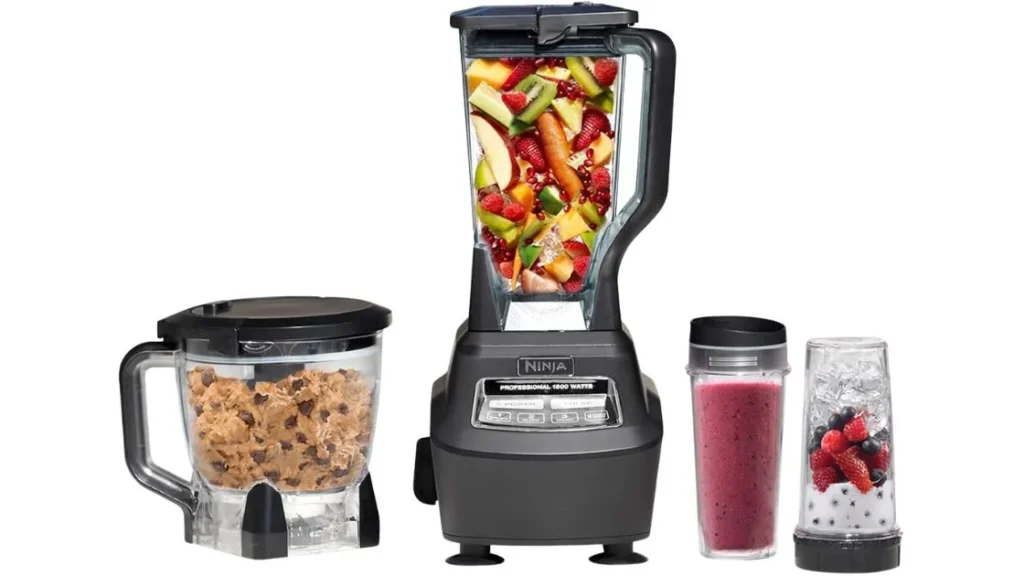
A blender is super useful in the kitchen. I use mine for smoothies and soups. It saves time when I’m in a hurry. Blenders can do many tasks and are tested for quality.
For example:
- Smoothies make up 30% of their performance score.
- Ice-crushing and convenience add another 45%.
- Pureeing and grinding complete the rest.
These tests prove blenders are strong and reliable. Pick one with different speeds and a solid base. It will last longer and crush ice easily.
Coffee Maker
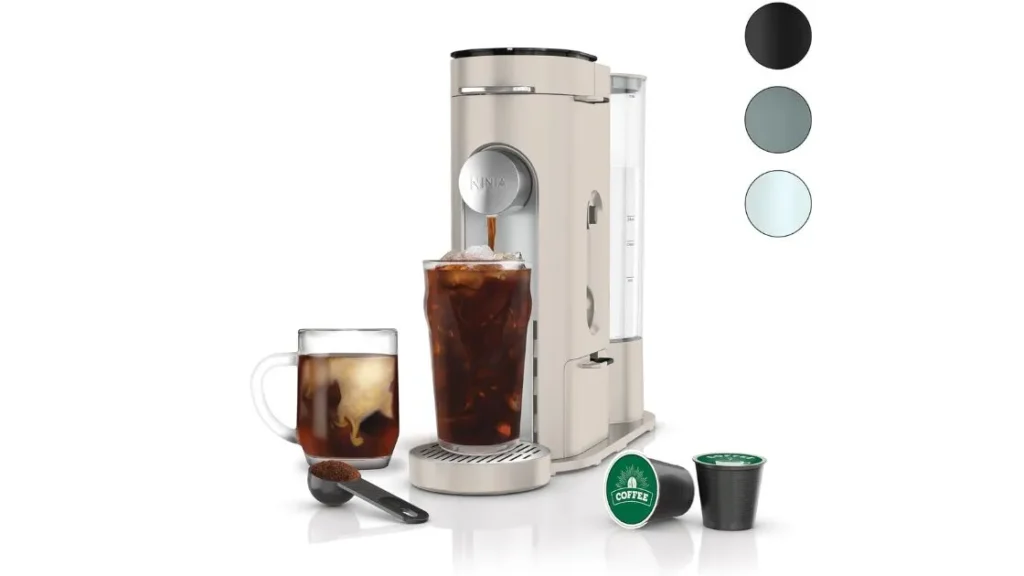
If you love coffee, a coffee maker is essential. Making coffee at home saves money and tastes great. Did you know 66% of Americans drink coffee daily? That’s a lot! Modern coffee makers are small and stylish. Some even have eco-friendly features, which help the planet. Whether you like drip coffee or espresso, there’s a machine for you.
Food Processor
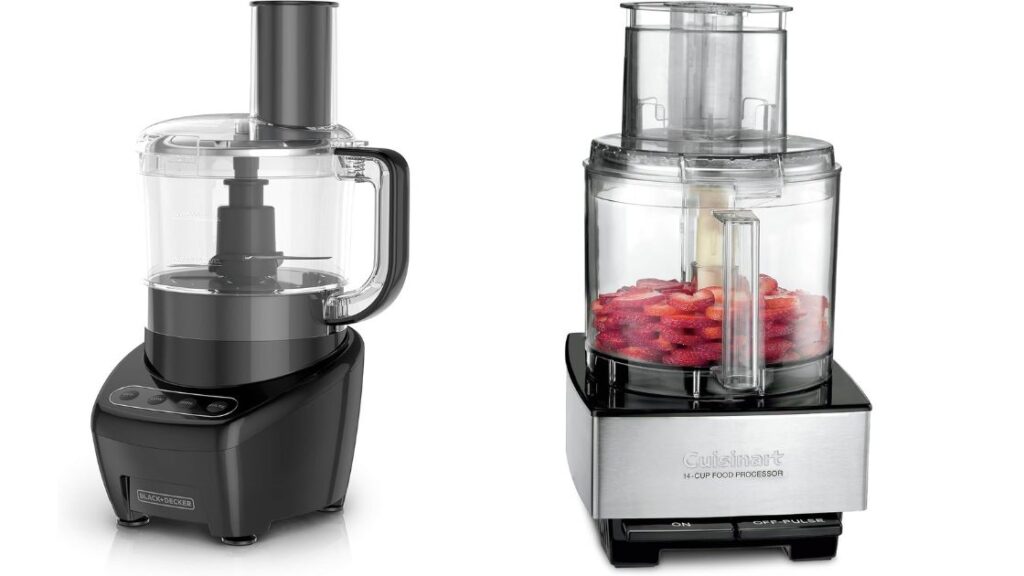
A food processor makes cooking faster and easier. It chops, slices, and shreds in seconds. I use mine for salsa and shredding cheese. It replaces many tools and gives perfect results. If you cook often, it’s worth buying. Get one with extra attachments for more uses. Once you try it, you’ll wonder how you lived without it.
Miscellaneous Essentials
Mixing Bowls

Mixing bowls are super handy in every kitchen. I use them for many tasks—mixing batter, tossing salads, or marinating meat. They’re very useful! Get a set with different sizes. Small bowls are great for whisking eggs. Big bowls work well for mixing dough or holding popcorn during movies.
Stainless steel bowls are the best. They’re light, strong, and easy to clean. Unlike plastic, they don’t hold onto smells. If you cook or bake often, you’ll use these bowls a lot.
Storage Containers

Storage containers help keep food fresh and neat. I use them for leftovers, meal prep, and snacks. A good set makes a big difference. Studies show vacuum-sealed containers work really well. One study said a vacuum bowl kept strawberries fresh for 10 days! Isn’t that cool? Choose containers with tight lids to keep food fresh. Glass ones are awesome because they’re microwave-safe and don’t stain. Buying good containers saves money and cuts down on food waste.
“Cooking is like love; it should be entered into with abandon or not at all.” – Harriet Van Horne
Dish Towels
Dish towels are simple but very useful. I use them to dry dishes, clean counters, and even grab hot pans. Cotton towels are my favorite because they soak up water and dry fast. Did you know dish towels are better for the planet than paper towels? It’s a small change that helps a lot. Keep a few clean ones ready to use. Tip: Wash them often to keep them fresh and clean. Dish towels make kitchen tasks easier and quicker.

With these extra essentials, your kitchen will be more organized and easy to use. What are the basic kitchen essentials? These items should definitely be on your list!
Having the right kitchen essentials makes cooking simpler and faster. Tools like a chef’s knife or Dutch oven help save time and energy. Experts say good-quality tools make cooking easier and more precise. Begin with the basics, and you’ll feel ready to cook any dish confidently.
Tip: Pay attention to what you cook often to find the tools you’ll use the most.
FAQ
What’s the first kitchen tool I should buy?
Start with a chef’s knife. It’s versatile and handles most cutting tasks. A good knife makes cooking easier and safer. Trust me, you’ll use it daily.
How do I choose the right cookware?
Look for durable materials like stainless steel or cast iron. Nonstick pans are great for beginners. Always check reviews for heat distribution and comfort. Quality cookware lasts years.
Tip: Test the weight of cookware in-store. It should feel sturdy but not too heavy to handle comfortably.
Do I need all these essentials right away?
Not at all! Start small. Focus on tools you’ll use often, like a skillet or cutting board. Add more as you cook and discover your needs.
🛠️ Pro Tip: Keep a wishlist of kitchen tools. It helps you prioritize and avoid impulse buys.
What’s the most important kitchen tool?
A good chef’s knife is the backbone of any kitchen.
Do I need expensive cookware?
Not necessarily. Mid-range options often perform well if cared for properly.
How often should I replace non-stick pans?
When the coating peels or food sticks excessively—usually every 2-5 years.
What’s the best cutting board material?
Wood is durable and gentle on knives, while plastic is easier to sanitize.
Conclusion
Stocking your kitchen with the basic kitchen essentials doesn’t have to be expensive or complicated. Start with the fundamentals—quality cookware, essential utensils, and a few helpful appliances. Over time, you can add more specialized tools based on your cooking style.
“The kitchen is the heart of the home.”
With these essentials, you’ll be ready to cook delicious meals with ease. Happy cooking!
